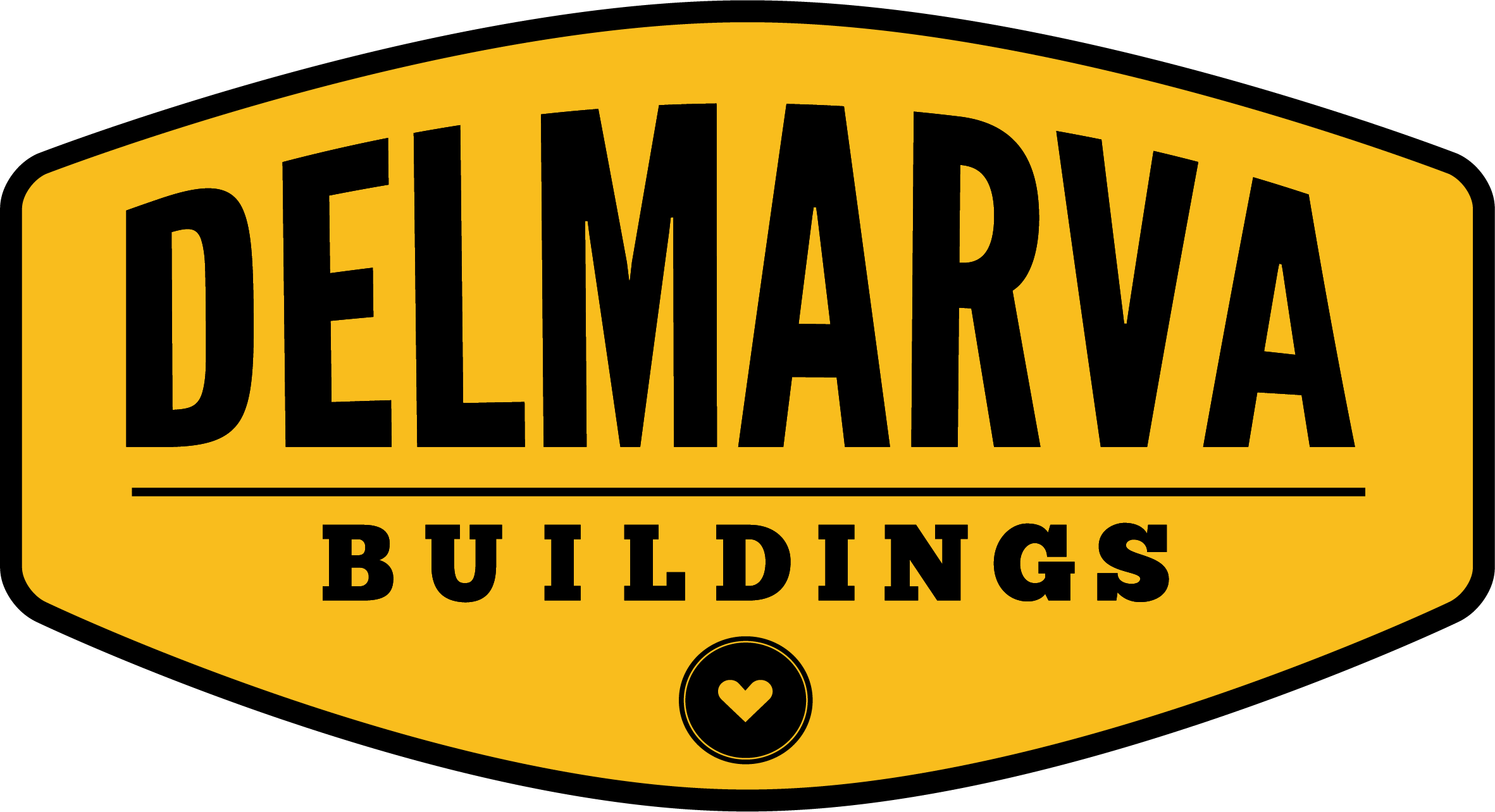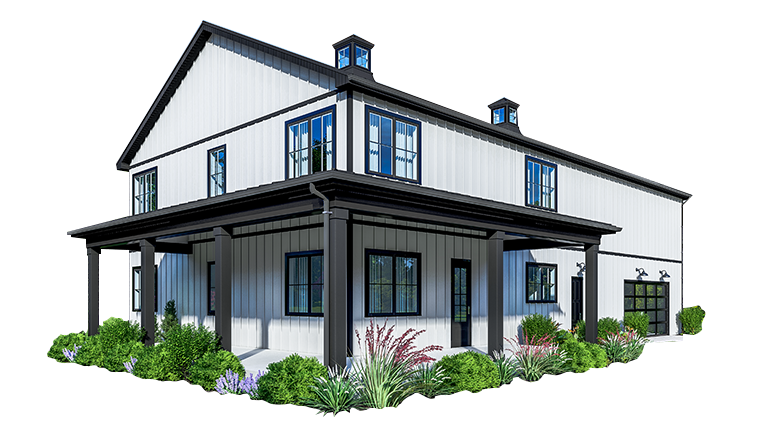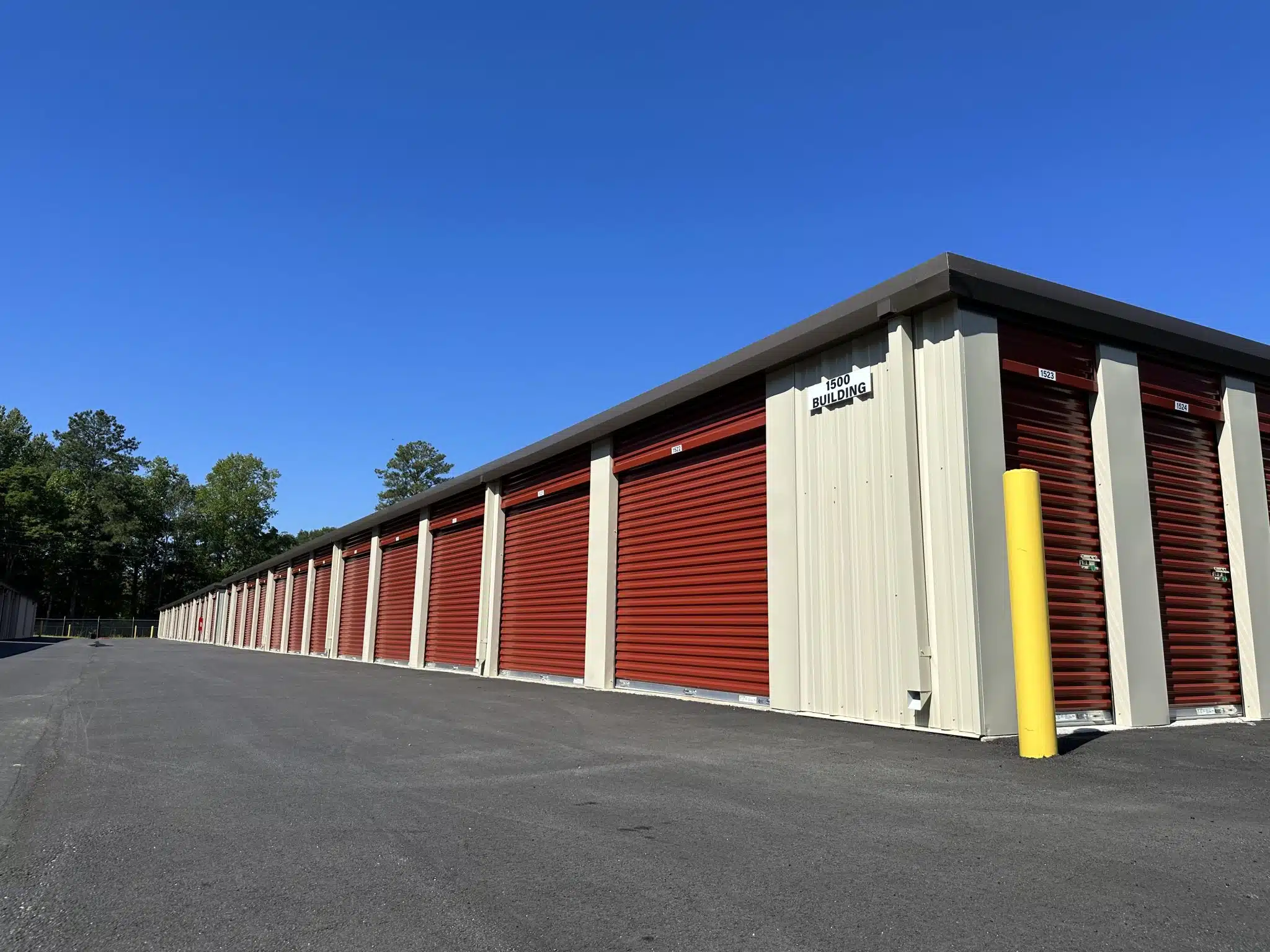Unpredictable weather patterns have always been prevalent and that’s why the resilience of our structures has never been more critical. Post frame buildings have emerged as a robust solution for those seeking durable, cost-effective construction. But how exactly do these structures stand up to extreme weather conditions? Let’s explore the world of post frame building constructions and discover why it’s becoming a go-to choice for many property owners.
- Post-Frame Building Construction Basics
The strength of a post frame building starts from the ground up. At the core of this construction method are large, laminated wooden posts embedded deep into the ground, often 4-6 feet or more. These posts are set in concrete footings, creating a sturdy base capable of withstanding significant lateral forces from high winds and seismic activity.
The walls are attached directly to these sturdy posts, forming a robust connection that’s key to the structure’s ability to resist wind forces. This direct attachment method eliminates the need for load-bearing walls, allowing for more open, flexible interior spaces – a significant advantage of post frame building design. This unique approach to construction not only enhances durability but can also lead to savings in post frame building costs compared to traditional construction methods.
- Carefully Constructed Roofing
The roof of a post frame building is engineered to handle extreme weather conditions. Utilizing specially designed trusses, these roofs are built to withstand heavy snow loads and high winds. The spacing and design of these trusses are carefully calculated based on local weather conditions, ensuring optimal performance no matter where the building is located.
In regions prone to heavy snowfall, the roof pitch can be adjusted to allow snow to slide off more easily, significantly reducing the weight burden on the structure during winter months. This attention to detail in post frame building construction contributes to the overall resilience of the structure, potentially reducing long-term maintenance costs.
- Aerodynamic Design
One of the most impressive aspects of post frame buildings is their ability to stand up to high winds. The design can be optimized to create an aerodynamic shape that reduces wind resistance, with the orientation of the building strategically planned to minimize exposure to prevailing winds.
To further enhance wind resistance, post frame building construction employs hurricane ties or plumber’s straps to securely fasten roof trusses to the walls. This connection is crucial in preventing wind uplift, a common cause of roof failure in extreme weather events. The combination of aerodynamic design and secure fastenings allows these structures to withstand wind speeds that would damage or destroy many conventional buildings.
- High-Quality Materials
The choice of materials plays a crucial role in how post frame buildings stand up to extreme weather conditions. Many feature metal roofing and siding, known for their durability and resistance to moisture, pests, and even fire. These metal components can be engineered to withstand wind speeds up to an impressive 170 mph, making them ideal for areas prone to severe storms.
Additionally, the wooden posts used in post frame building construction aren’t your average lumber. They’re often treated with preservatives to protect against rot, insects, and moisture damage. This treatment significantly extends the lifespan of the building, ensuring it remains resilient for years to come, even in the face of harsh weather conditions. While these high-quality materials might affect the initial post frame building cost, they often result in lower maintenance expenses over time.
- Customizable Options For Specific Climate Types
One of the greatest strengths of post frame building design is its adaptability to different climates and weather conditions. These structures can be customized with features like wind-rated doors and windows, specialized roof vents, and trim designed for heavy rain and wind protection. This customization allows post frame buildings to be optimized for specific local climate challenges.
Moreover, the inherent flexibility of this construction method means buildings can be easily modified or expanded as needs change. This adaptability ensures that the structure can evolve with changing weather patterns or usage requirements without compromising its integrity, making post frame buildings a versatile choice for various applications and environments.
Conclusion
When considering construction options, it’s natural to think about cost. While the initial post frame building cost may vary depending on size, materials, and customization, these structures often prove to be a cost-effective choice in the long run. Their durability and low maintenance requirements mean lower expenses over time, especially when facing extreme weather conditions that might damage less resilient structures. The ability of post frame buildings to withstand severe weather reduces the likelihood of costly repairs or replacements after storms.
Additionally, their energy efficiency can lead to lower heating and cooling costs. When factoring in these long-term benefits, the value proposition of post frame building construction becomes even more attractive, making it a wise investment for those seeking a durable, weather-resistant structure.





